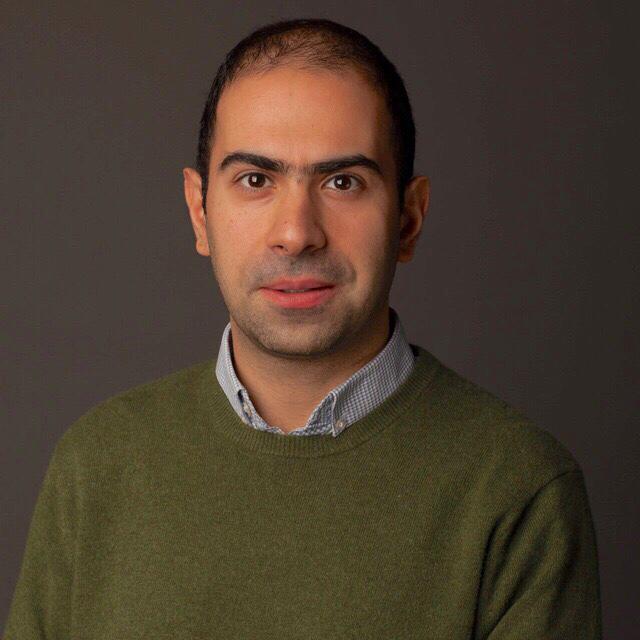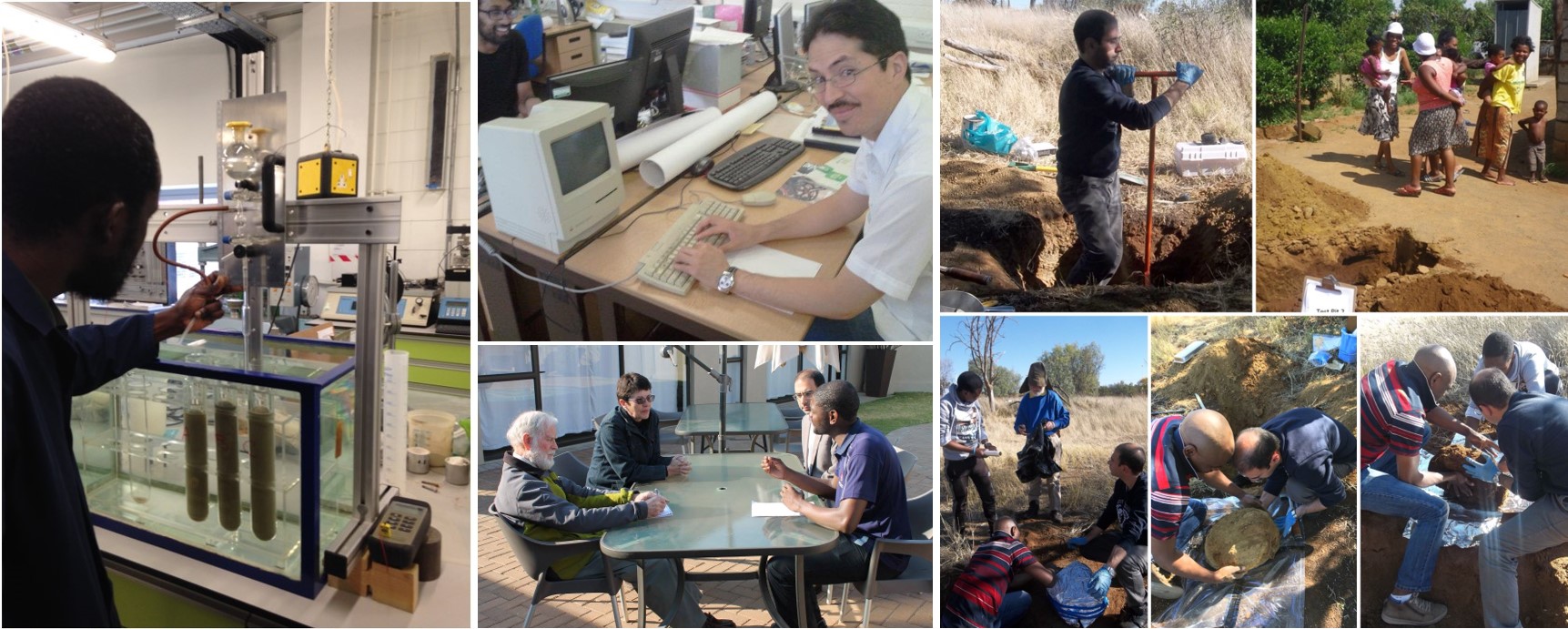
The Geohazards research focus group is led by Dr. Arya Assadi-Langroudi. Arya is an Associate Professor in Geomechanics at the University of East London. He is the Principal Investigator for the two live Royal Academy of Engineering TASMIP (IAPP1R2\100195) and National Research Foundation SAFE (NFPF170627245562 ) projects. The focus group is part of the Engineering cluster, also led by Arya at UEL, with links to flagship BEng/MEng Civil Engineering, and MSc Civil Engineering with Environmental Management courses, also led by Arya.
My philosophy
Geological hazards are changing. ‘Emerging Geohazards’ are hazards that, based on the current state of science, are unlikely to happen! They though take place, claim lives and damage the built environment! These new hazards are mainly driven by anthropogenic (i.e. man-made) alterations to the total environment (atmosphere, biosphere, lithosphere) as the consequence of urban sprawl, and degradation of ground natural functions (i.e. ecosystem service provision). Footprints of man-made ground disturbance are ubiquitous in soil fabric, fatigue, and formation of non-authigenic complex cementitious minerals, all causing uncertainty, anomalies, and variability of soil properties. In this, the grand challenge is that while the identity of many young non-authigenic mineral forms and their association with geohazards may be known, in many cases their function in today’s active total environment remains obscure. I study these new mineral forms, their metastability, and interconnected hazards that are caused by them.

In doing so, I study the mechanisms of problems at micro scale. I do this to collect geochemical, micromorphological, and microstructural data at particle-level. The data is then translated into structure-based micromechanical models, some that I have developed over the past years. This helps me to associate the macro-scale testing data with micro-scale events.
This approach allows the design and testing of bespoke preventive and corrective measures which in the majority of cases include chemical modifications at particle-level. Such modifications are made through changes to soils’ pore fluid (through controlled soil gassing, electrokinetics, …), injection of low-viscose grouts, or deep-mixing for new developments. Additives include a range of Organic (e.g. Pectin-rich plants and food production wastes), Biogenic (e.g. decayed plant rootlets), Pseudo-Biogenic (or new young polymorphs, call these Anthroportācarbs), Inorganic (nano-silica hydrosols, polybutadiene, polyisoperne, elastomers and styrene-butadiene) solid matters, many of which present naturally in shallow grounds. In this, I share an interest with academics studying nature-inspired self-healing technologies. My overarching vision is developing, measuring, and deploying a set of proxy parameters of soil to make a more informed decision in choice and implementation of ground engineering techniques, to revitalize and restore the symbiosis between natural systems and engineering interventions, and to ensure interventions are adaptable to emerging environments.

I have also some interest in computational geomechanics: Probablisitic analysis of deep excavations (combining statistical methods such as Random Field, Monte Carlo, or Point Estimate, and Finite Element analysis); and also the development of hybrid Finite Element – Finite Difference codes for deformation analysis of fractured rocks, an example being the Continuum Analysis 2D, a non-commercial TMU code first developed in 1996 (BHRC Report no. 262, 1997) and then updated by myself and my partners. The CA2 offers dynamic stress-strain analysis and crack propagation through solid-fluid interaction and ideally suits the design of underground structures and hydro-fracture.

My current emphasis is on improving our probabilistic models. I believe that ground mechanical properties and hydraulic actions (i.e. groundwater flow) in urban settings are highly variable and only a stochastic analytical framework can offer an accurate prediction of ground movements caused by excavation, tunneling, or earthworks.
My Team
Current Postdoctoral Researchers
Dr. Arash Esmatkhah Irani [Post doctoral researcher] [Ph.D. in Geotechnical Engineering] – Rocking in fibre-reinforced sands via shake table
————-
Current Ph.D. students
Mr. Onur Selcukhan [Doctoral Research student] – Bio-inspired fibres for stabilisation of loose sands
Mrs. Imarat Yazeed Mohammad Alnemrat [Doctoral Research student] – Effective Acid Decapsulation of Epoxy Moulded IC Packages
————-
Current MPhil students
Mr. Emad Tabrizi [Master of Philosophy MPhil student] – Fractals & Fatigue in Sand and effects on steady states
————-
Current interns
Mrs. Khushbu Abhi Patel [Data Analyst (Intern)] – [MSc Computer Science] Contact Me
Ms. Maitri Patel [Data Analyst (Intern)] – [MSc Computer Science] Contact Me
Ms. Nirali Jaiswal [Data Analyst (Intern)] – [MSc Computer Science] Contact Me
Ms. Asha Mary John [Analyst (Intern)] – [MSc Engineering Management]
————-
Current international visiting scholars
Mr. Samuel Waters [Geotechnics] – [MSc Geotechnical Engineering] – Central University of Technology, Bloemfontein, South Africa
————-
Previous Research Associates
Dr. Soheil Ghadr [Advanced laboratory testing] – Contact me
————-
Previous Research Students
Dr. Soheil Ghadr [Anisotroty in fiber-reinforced sands – 2016]
Dr. Alfred Wilson Opukumo [Sodium Silicate Stabilization of Collapsible Clayey Calcareous Soils – 2019]
Dr. Solmaz Kamalifard [A Phenomenological Study of Light and Shadow as Stimuli for Occupants’ Experience – 2023]
————-
Technical staff
Mr. M.Z. Miah [Geotechnics] – Technician

————-
Collaborating laboratories:
Soil Mechanics Research Group (CUT Free State, South Africa): Link
Geotechnics Lab (UCL, London, UK)
Centre for Infrastructure Materials (Imperial College London, London, UK)